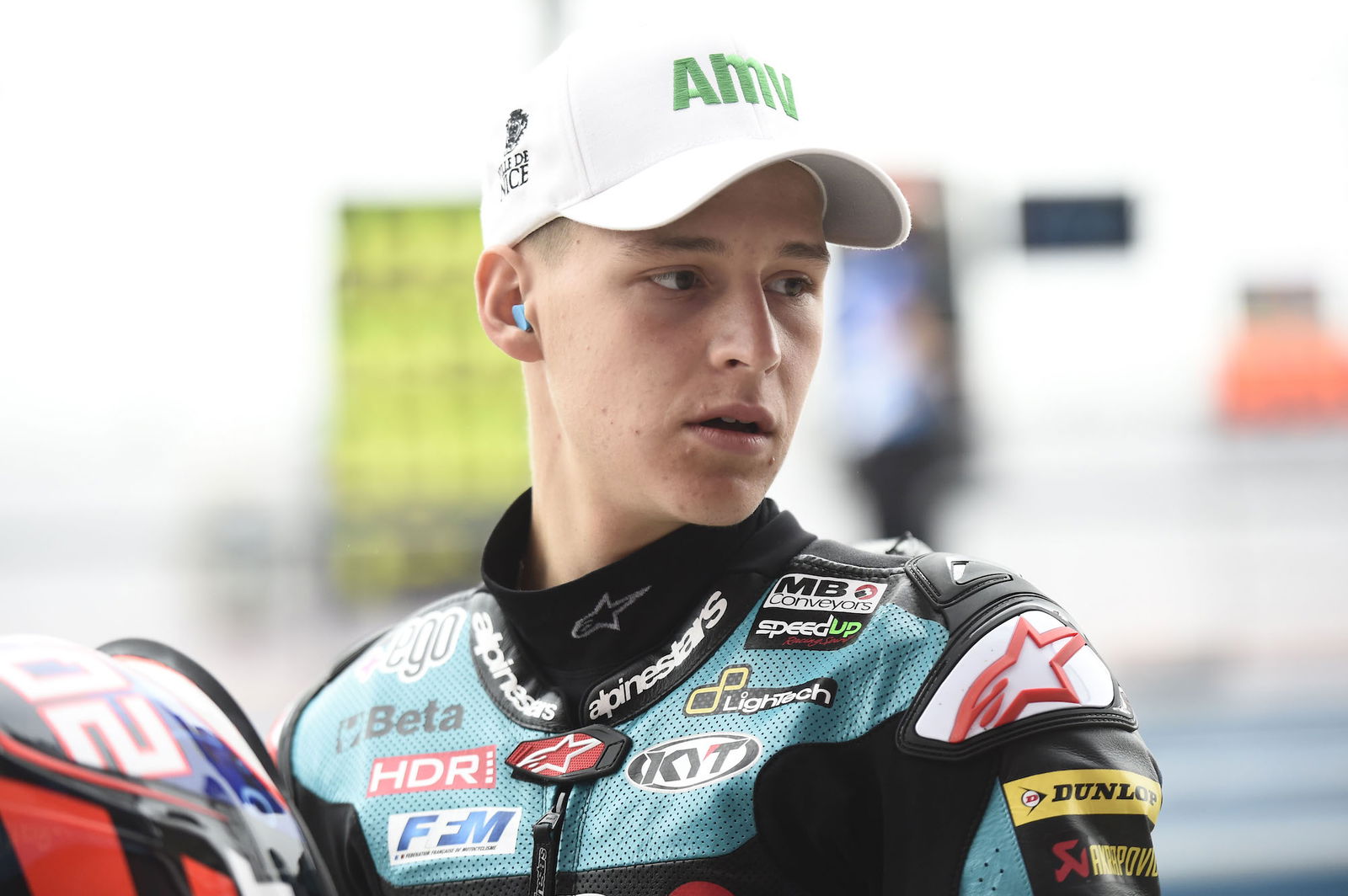Why MotoGP's Argentinian freight crisis might change MotoGP forever
MotoGP returns to Argentina this weekend for the first time since 2019, but could the race present an experimental opportunity?
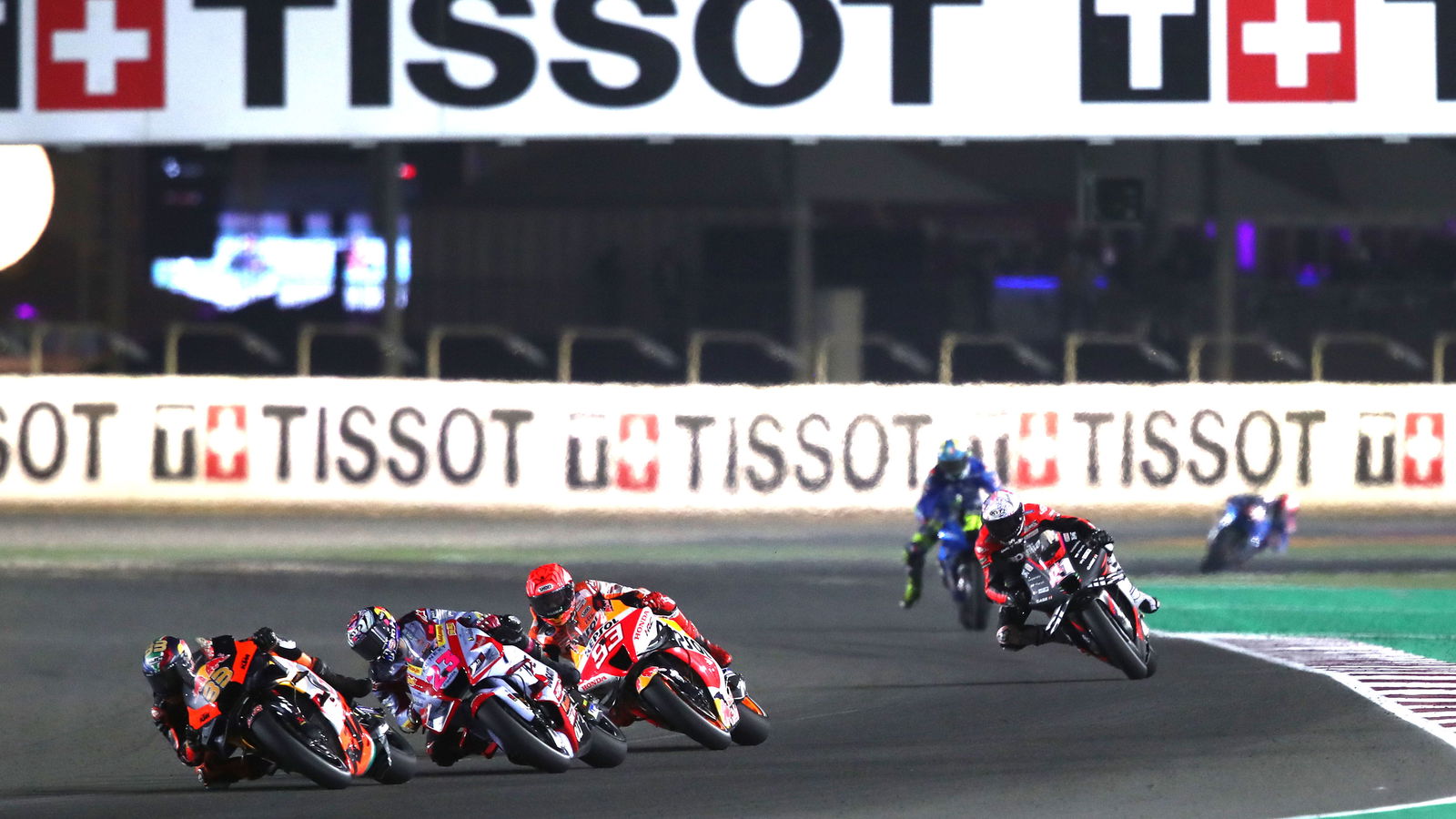
MotoGP’s return to Argentina has not exactly gone to plan this year.
Freight delays mean that as this article is being written, most MotoGP paddock people, journalists and fans are checking flight radars and trackers to keep up to date with the missing freight plane. And the people who aren’t watching flight trackers are constantly updating Twitter to get updates from people who are watching flight trackers.
Like most of the people watching the flight trackers today, I have no idea what any of it really means. All I know is that if the freight arrives relatively soon the race will be fine, and if it does not then the race might not be fine.
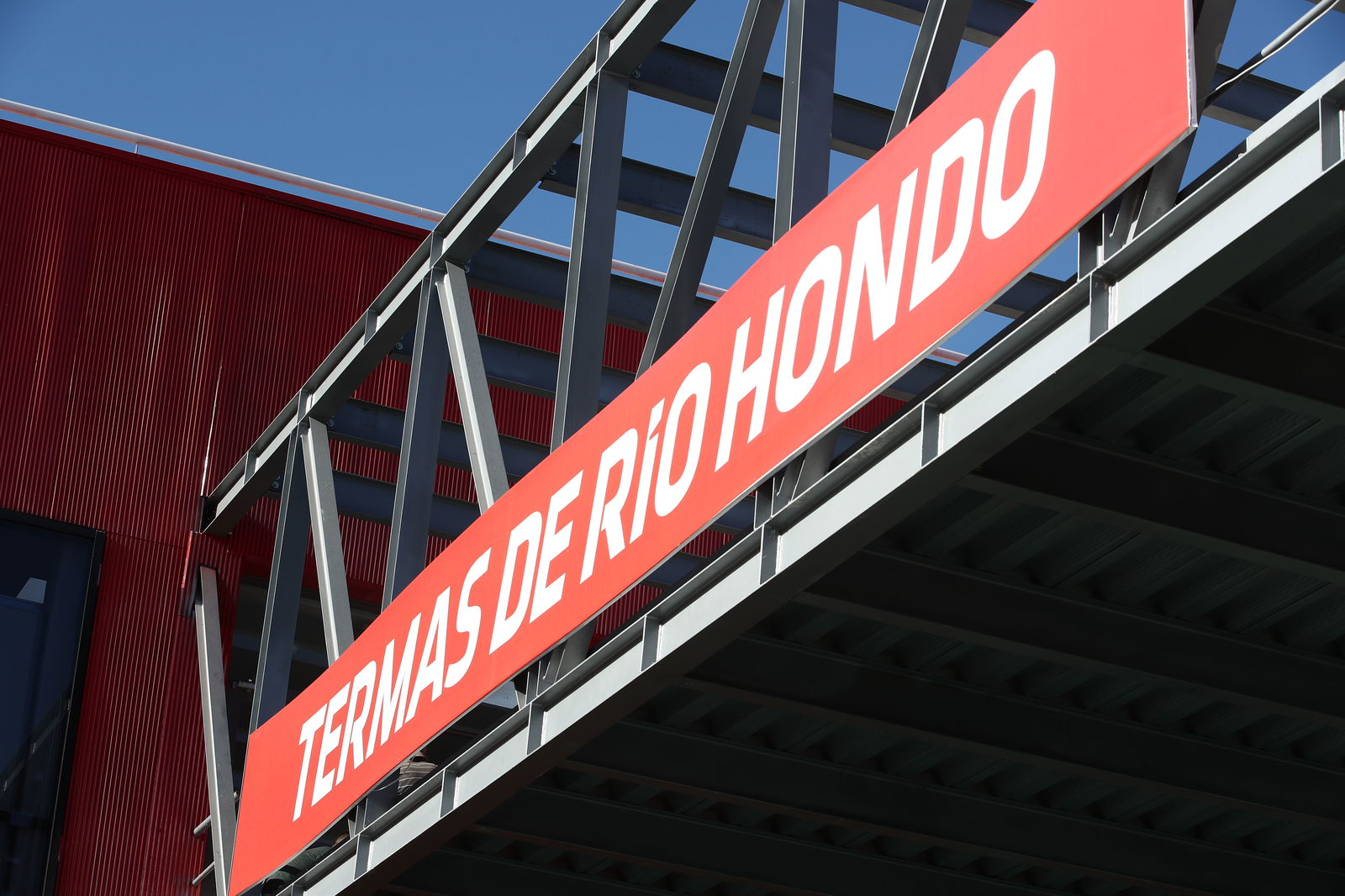
In the absence of knowledge of what flight trackers mean or show, and a lack of desire to learn that information, a look at this week’s MotoGP stats sheet became the obvious thing to do.
Standing out from it is that the 1961 Argentinian Grand Prix was the first race of the Motorcycle World Championship to be held outside of Europe.
That year, the race took place in Buenos Aires on 15 October, a full month after the final European round of the season in Kristianstad, Sweden.
Even still, not everyone went to the inaugural two-wheeled fly away Grand Prix, including that year’s 500cc World Champion Gary Hocking, and the premier class race was won by local rider Jorge Kissling on a Matchless.
The 125cc race was more eventful, however, as Ernst Degner did not race, meaning Tom Phillis was able to win the race and championship, the first title for Honda in Grand Prix racing.
It is difficult to imagine the logistical challenges involved in transporting a Grand Prix bike and team to South America in 1961, but considering the Boeing 747 was the first plane capable of carrying full cargo pallets, and was not built until 1968, it was probably quite challenging. Challenging enough for most to not bother, with the title already wrapped up, anyway.
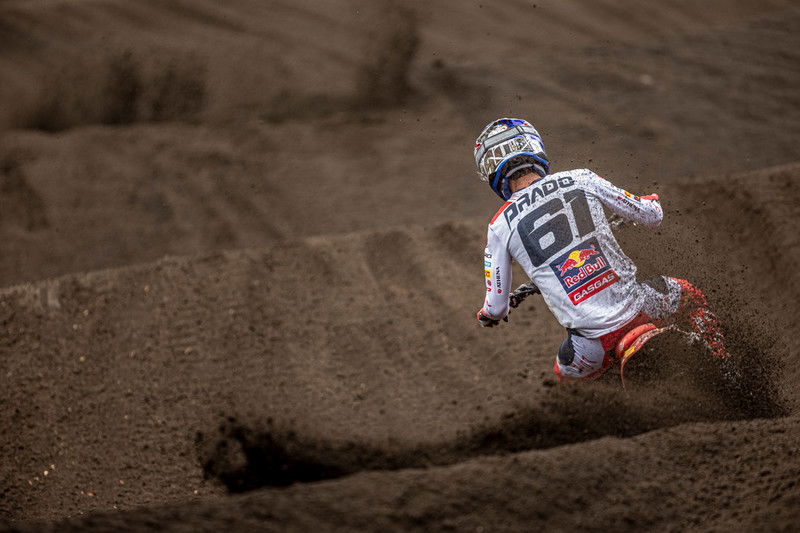
The situation faced by the Motocross World Championship two weeks ago when they raced in Neuquen was similar. While the premier class MXGP gate was filled out somewhat decently by local riders, the MX2 gate suffered with only 15 riders lining up for the restarted second race on Sunday.
So, in a way, it was actually the opposite situation to 1961, with the top class better represented than the lower.
Anyway, the problem for MXGP was that the European-based teams did not see a benefit to come from transporting their bikes, riders and everything else over to Argentina for one weekend, only to take it all back to Europe a week later in time for the Portuguese GP that takes place this weekend (2-3 April).
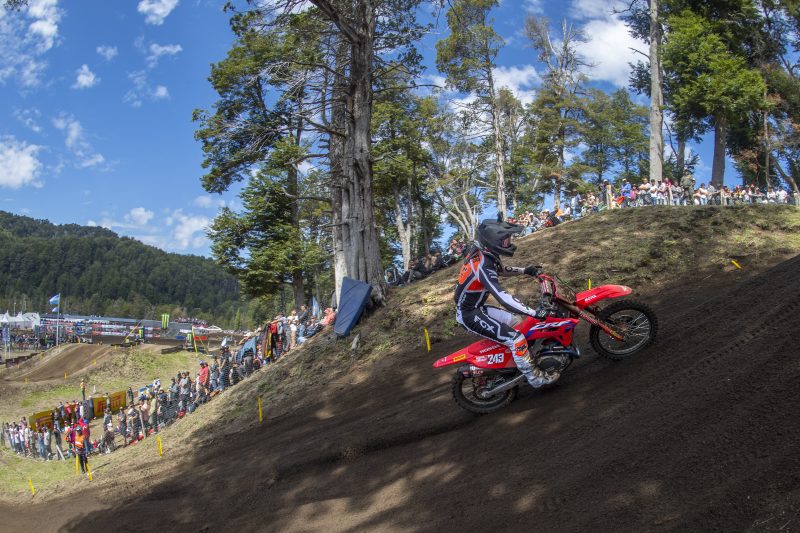
In 2022, this was seen as something of an embarrassing sight for a World Championship, to have even satellite-level teams and riders not turning up (even the factory Beta team were originally planning on skipping Argentina, and in the end they only went with one rider).
Previously, the Argentinian round had either been followed up by Mexico on the MXGP calendar, or been the season opener. This made the GP make more logistical sense for the teams, because the Argentinian race was part of a two-race Americas swing, rather than two days blasting round in the volcanic dirt of Patagonia sandwiched between two 40-hour travel stints; or as the season opener the race took on a greater importance.
But, while there was precedent for MXGP in Argentina this year, in 1961, there was none. No one had been outside of Europe before, and so it was what it was.
Similarly, there is little precedent for teams’ freight not turning up, although it is not the first time such misfortune has befallen a world championship in 2022. When F1 were due to be testing in Bahrain, the Haas team had their freight held up in Turkey. The answer in that case was for F1 to hand Haas back the time lost through a situation out of their control.
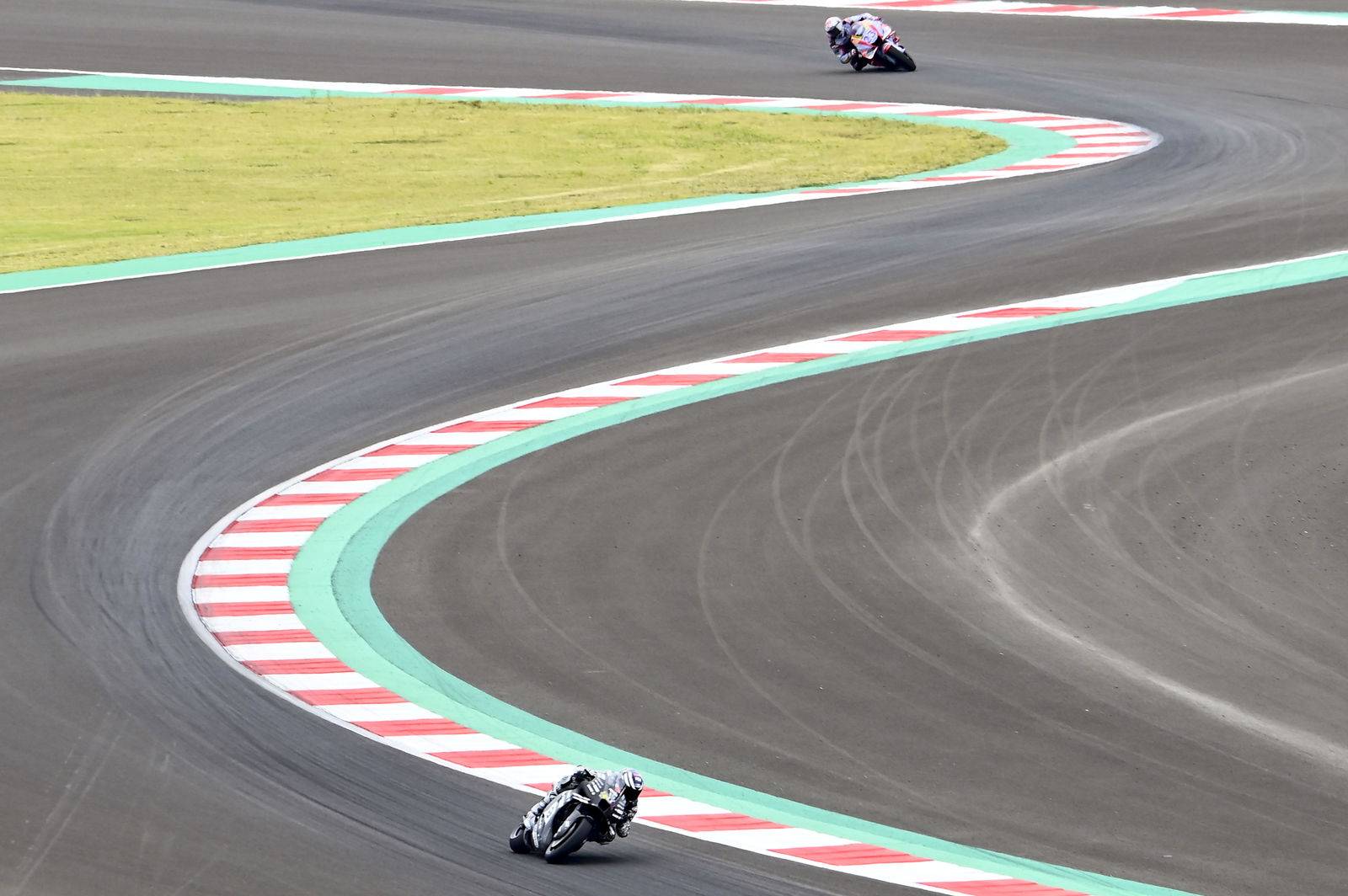
Equally, MotoGP have done the only logical thing this weekend by cancelling Friday’s action and creating a hectic Saturday on which all practice and qualifying for both classes will take place. Hopefully there will not be a need for a red flag tomorrow, because there is not much margin for things to be pushed back as it is.
What the situation has created is an interesting experiment. No doubt, the Argentinian race in 1961 was somewhat experimental. It is always the case when trying something new. Then, clearly the experiment worked, as the fly away races have become an integral part of the MotoGP World Championship (pandemic permitting).
Now, in 2022, the MotoGP World Championship will be able to make the experiment of the two-day weekend.
Formula One tried it two years ago in Imola, and it did not have much effect. Mercedes won, as they mostly did in 2020. But the pace of the weekend felt more exciting. Rather than having a day of nothing on Friday before things get more serious for qualifying on Saturday, Friday was done away with and the focus of the weekend was immediately on qualifying.

The difference for MotoGP is that it does not have the problem of Fridays being meaningless, because of how important it is to be in the top 10 for Q2. Adverse conditions on Saturday morning present the possibility that FP2 is the best time to get a hot lap in, and every rider - usually - feels the need to take that opportunity.
So, Fridays in MotoGP are exciting. But, are they essential? The obvious answer is “yes,” but how much of that is down to it being what we are used to? And how much is the actuality? Well, we should find out tomorrow. But, in the meantime, back to the flight tracker.
